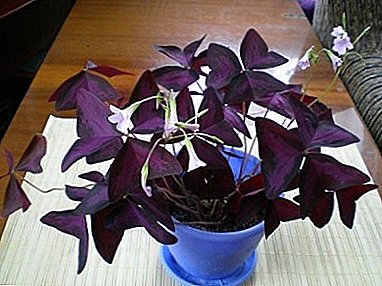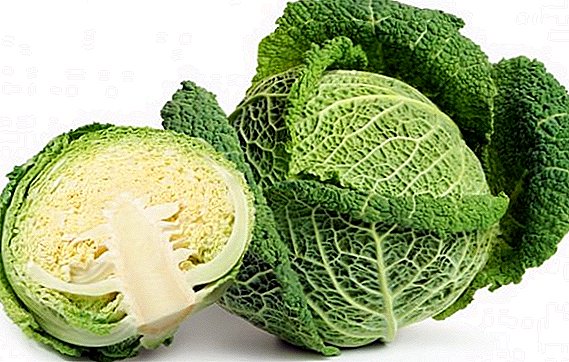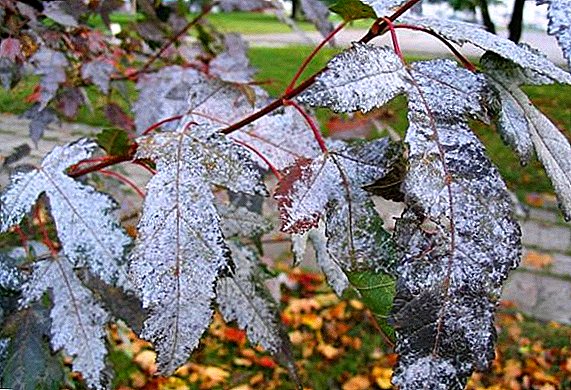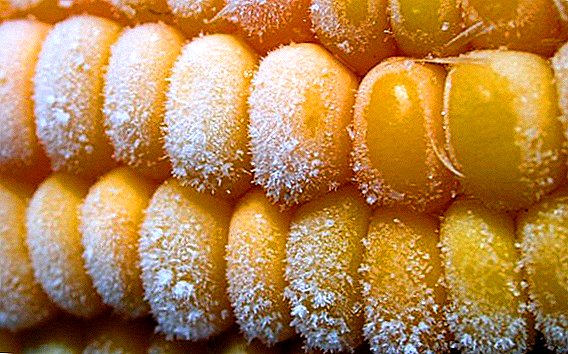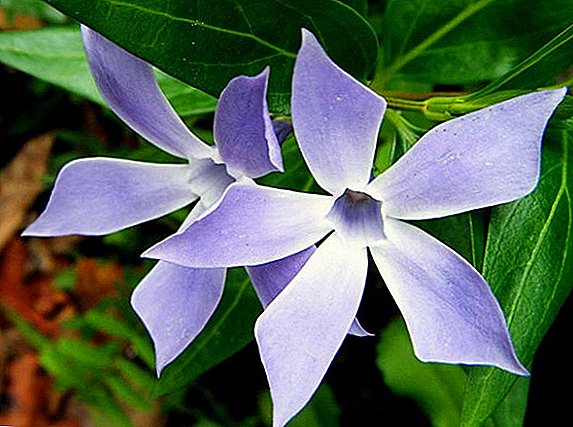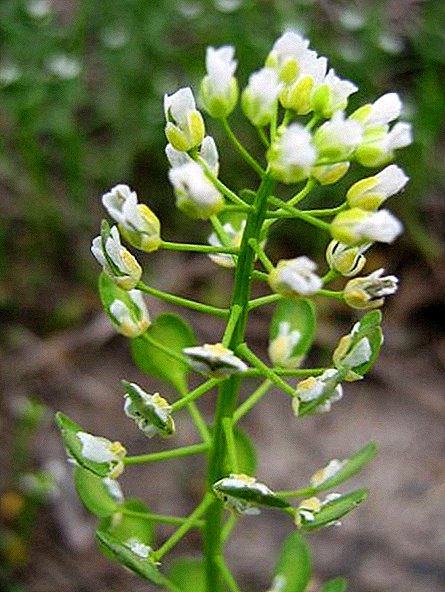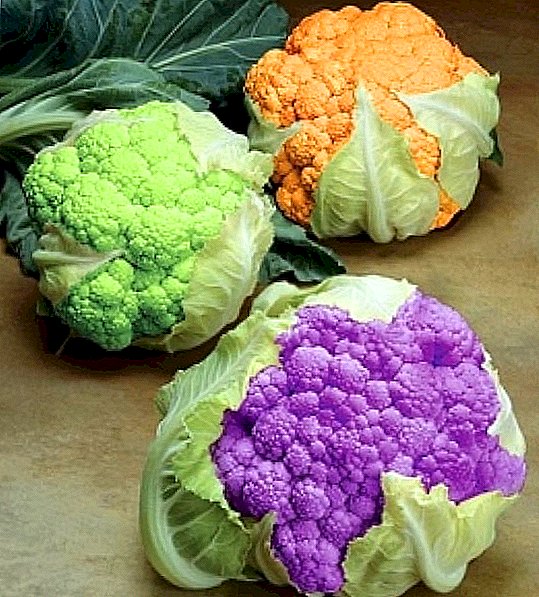
Wild leaf is popularly called compass, because its leaves have an interesting property - with their edges and ends they point strictly to the northern and southern parts of the world.
The plant contains a white milky juice, the poisonous properties of which are used in traditional medicine as an anesthetic, anti-inflammatory and hypnotic.
This article discusses the indications and contraindications for taking wild lettuce, as well as several medical recipes. The nuances of self-collection and purchase of this plant are described.
Description
Herbaceous plant, biennial, reaches a height of one and a half meters. Belongs to the family of Asteraceae, common in the southern regions of European Russia, in Siberia. It grows like a weed along the edges of roads, in vegetable gardens. It is found in Argentina, North America, South Africa.
The stem is erect, firm with high strength, the leaves are strugoid, the top is lanceolate, whole. A row of small yellowish spikes is located along the median vein below the leaf.
Inflorescences in the form of panicles consist of 7–12 flowers of light yellow color, turning blue after withering, appear in late July - early August. All flowers belong to reed, with five stamens.
Fruit - awl-shaped seed brown brown. Form - obovate, ribbed. Along the faces are hairs directed upwards. The achene has a long nose, which ends with a fluffy tuft of fine hair.
A photo
Here you can see photos of the plant:




Discovery history
The plant is also called Besovo milk, Rabbit goat, Field salad, Molokan, Kakish. Wild lettuce was cultivated in ancient Egypt, BC. In China, the salad began to breed as a cultivated plant in the VII century. Leaf lettuce was brought to Europe in the Middle Ages, today there are many varieties and types of lettuce - asparagus, cabbage, leaf.
Features of the plant
Wild lettuce juice is poisonous, contains bitterness - lactucin, lactutserin, lactucticin. Resinous substances, alkaloids of morphine-like species, kezmarins were found in the leaves and stem. In the roots found traces of saponins.
Distinctive features
The plant is distinguished from other weeds by the milky sap, which is immediately released when any part is damaged. According to the shade of flowers, it can be distinguished from a perennial lettuce, in which the inflorescences are purple-blue.
Still varieties vary in height - wild lettuce grows to 150 cm, while perennial - only up to 60 cm. From the oakwood - an extremely rare species growing in the Crimea, Scandinavia, Central Europe, wild lettuce is distinguished by an upright dense stem.
Dubravny grows with a hollow, branched stem and ovoid basal and strugovidnymi stem leaves. With Molokan Tatar - a weed of the same species, wild lettuce is difficult to confuse, because it grows higher, and the flowers they have are different shades - wild yellow wild inflorescences do not look like purple-blue Tatar.
Useful and healing properties
 This weed, actively exterminated by gardeners, since ancient times was used for therapeutic drugs. Collect the herbal part of the plant and the resin obtained from the juice.
This weed, actively exterminated by gardeners, since ancient times was used for therapeutic drugs. Collect the herbal part of the plant and the resin obtained from the juice.
The chemical composition of lettuce:
- vitamins: C 40 mg%, B2 0.1 mg%, B1 0.03 mg%, P 100 mg%, B3, B6, E, B9 are also contained;
- carbohydrates: sugar 0.5 - 2%, monosaccharides 1.7%, fiber 0.8%, starch 0.6%;
- protein: 0.6 - 3%;
- carotenoids: carotene 1.7–6 mg, beta carotene 1, 75 mg;
- bitterness: lactucin, lactucictin, lactutserin;
- organic acids 0.1%: oxalic, citric, malic, succinic;
- mineral substances: potassium 300 mg, calcium 57 mg, magnesium 40 mg, cobalt 4 mg, manganese 0.07 mg, zinc 0.3 mg, copper 0.14 mg, nickel 0.1 mg, molybdenum 0.03 mg, fluorine 0.07 mg;
- fat 0.02%;
- water 94%.
Active ingredients:
- dull pain;
- remove cramps;
- have a diuretic;
- laxative and hypnotic effects.
Indications
Wild lettuce is considered the weaker analogue of henbane extract.
When tumors and carbuncles apply fresh crushed leaves of the plant. The decoction of herbs in traditional medicine was used in the following cases:
- shortness of breath and a long cough;
- gout;
- kidney inflammation;
- external compresses for stretching the muscles;
- gargling for sore throat, stomatitis, periodontal disease.
As an anesthetic in small quantities take the resin from the juice. It helps to relieve seizures when:
- whooping cough;
- insomnia;
- scorpion bites;
- nervous excitability;
- bronchitis.
Contraindications
- The plant is not recommended for use in the treatment of those who suffer from colitis and enterocolitis.
- When exacerbation of intestinal diseases complicated by diarrhea, you should not use lettuce.
- The diuretic property of herb decoction can cause colic if there is urolithiasis of the kidneys.
- In no case should people with bronchial asthma be treated with tar or leaves of lettuce.
How to apply?
When using lettuce resin, it must be remembered that a single application should not exceed 2 g.
Overdose causes poisoning, which is accompanied by bouts of nausea and clouding of consciousness, vomiting.
From cough
 For infusion will need 1 tbsp. l dry grass, it is crushed.
For infusion will need 1 tbsp. l dry grass, it is crushed.
- Raw materials are poured over 2 cups of boiling water in an enamel pot.
- Leave for 4 hours in a warm place, covered with a lid.
- Strain the liquid through cheesecloth.
Take 1 tbsp. l before meals - in the morning, at lunch and in the evening.
From insomnia
 The broth is made from dried milky juice.
The broth is made from dried milky juice.
- Measure 0.3 g of dry raw materials.
- Pour 300 ml of water.
- Insist on a water bath for about 40 minutes.
- Filter the resulting broth.
- Dilute with boiled water to the original volume.
The cooled remedy is drunk three times a day at 100 mg, and helps with nervous exhaustion, without causing initial arousal, unlike opium.
Soothing
 To alleviate the patient's condition during neurosis, to relieve internal stress can be infusion of dried seeds.
To alleviate the patient's condition during neurosis, to relieve internal stress can be infusion of dried seeds.
- 1 tbsp. l Raw materials pour 1 cup boiling water.
- Insist about 2 hours in a warm place.
- Filter the infusion through a strainer.
The medicine is taken in half a glass twice a day.
Collection terms and conditions
Collect the plant begin in the second half of summer, when flowering begins. To get quality raw materials, it is better to go outside the city for several kilometers. Suitable for collecting grass, grown on the dacha, in a rustic garden, on the edge of the forest.
Tearing wild lettuce is desirable in gloves, because the milky juice is not only poisonous, but also poorly washed afterwards. Herbs are harvested on a sunny day, when the dew is already dry..
The collected raw materials are laid out in a thin layer on paper or fabric. Direct sunlight should not fall on the grass, indoors, you need to create good ventilation and low humidity.
Buying a medicinal plant
If it is not possible to collect the plant or dry the juice, the pharmacy acquires ready-made raw materials for the preparation of medicinal infusions. Ground grass costs about 70 rubles per 50 g.
Many online stores offer a wide selection of herbal medicinal products. Interested product with delivery is easy to buy in a few clicks without leaving home. Buying herbal preparations, pay attention to the time of manufacture - this medicine is stored no more than 1-2 years.
The gathering place also plays an important role; ecologically clean areas are the best choice for high-quality raw materials. You should not buy the plant from random people, succumbing to persuasion and being tempted by the low price - there is a risk to buy a fake.
Fighting in the garden with weeds
If a wild lettuce appeared in the garden, you should immediately start fighting with him. When the plant grows, it is difficult to withdraw completely. Even with spring and autumn soil treatments, lettuce is easily regenerated.growing back in the same place.
A good result will give only the destruction of the root system, systematic uprooting of the plant will allow to get rid of for several seasons. Wild lettuce is the progenitor of modern varieties of salad vitamin crops. Despite the toxicity of its leaves and sap, weed in your area can become a drug if used correctly.



